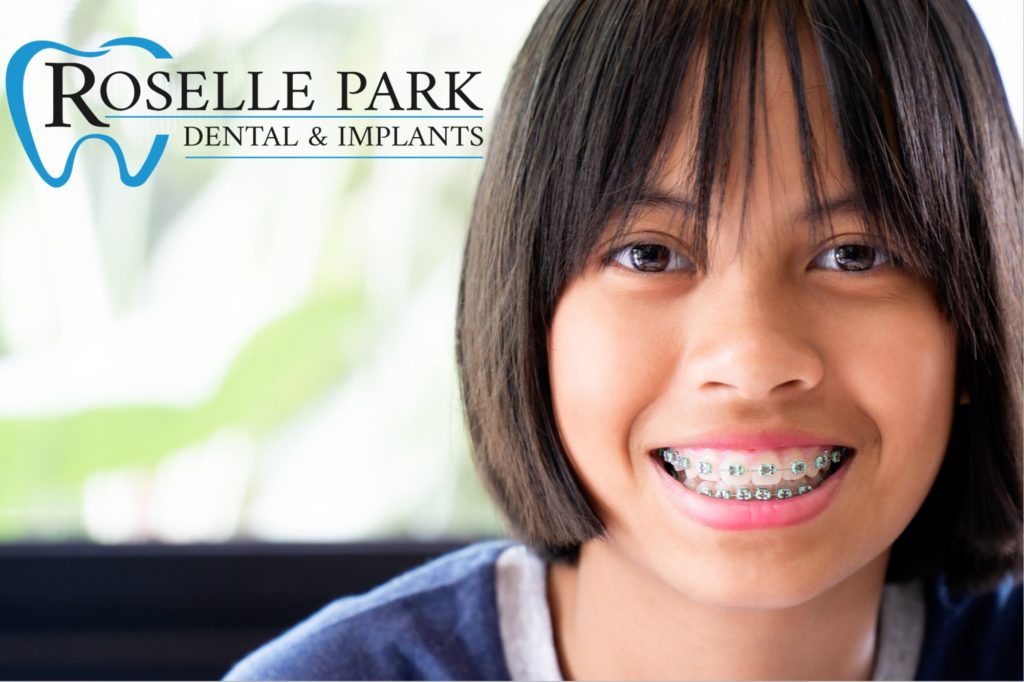As winter begins to thaw into spring, it is the perfect time to throw open the windows and doors and let in fresh air and sunshine! We often mark this shift of seasons by clearing away clutter, scouring and sanitizing our homes. This year, why not also spring clean your smile!

The well-being and attractiveness of your mouth, teeth and gums is important for your overall health as well as your quality of life. According to the Mayo Clinic, your oral health offers clues about your general health. Additionally, problems in your mouth can affect the rest of your body and contribute to various diseases and conditions including:
- Alzheimer’s disease
- Cardiovascular disease
- Diabetes
- Osteoporosis
- Pregnancy and birth complications
- Pneumonia
Cosmetic issues such as missing, overcrowded, or crooked teeth, as well as a misaligned jaw, can lead to both diminished self-esteem as well as tooth decay, gum disease, and even tooth loss. Addressing these issues – even for adults – is an important step towards achieving a beautiful and healthy smile. Focusing on the following key areas can help you achieve this goal!
Brighten and Whiten
A slight yellowing of the teeth is often a normal part of aging or a result of consuming certain foods that stain the surface of the teeth. But it can also be an indicator of poor brushing and flossing techniques, plaque buildup, or tooth decay. It can also cause a person to feel self-conscious about their appearance.
Luckily, there are several simple and easy ways to help improve the color and brightness of your smile:
- Avoid eating or drinking too much coffee, tea, soda, wines, and certain fruits and vegetables such as apples and potatoes that can stain your teeth.
- Get an in-office whitening treatment. At Roselle Park Dental we offer this quick and simple procedure that can help you achieve a whiter smile during a single appointment using a combination of high-grade whitening gel and state-of-the-art laser lights to improve the glow of your teeth by several shades.
- Use a take-home whitening kit to achieve more gradual improvements to your smile. Our trained team members will provide you with a custom take-home whitening kit. With diligent use, you’ll notice significantly beautiful improvements.
Improving Teeth and Jaw Alignment
Orthodontics are no longer just for kids! A 2019 report by the American Association of Orthodontics, found that one in four orthodontic patients are adults. Adults who suffer from misaligned teeth or jaws (over- or under-bites) have a higher chance of suffering from tooth decay, cracked or broken teeth, gum disease, and difficulty chewing as they age. Thanks to modern medicine and treatment options, orthodontics for adults are less visible and more comfortable.
At Roselle Park Dental, our excellent team of doctors and specialists includes Dr. Ranu Sinha, a highly-trained orthodontist who excels at helping patients of all ages achieve exceptional results they can enjoy for years to come. Dr. Sinha offers both traditional braces, as well as a quality alternative – Invisalign® – for the many people who can’t get past the hurdle of wearing noticeable metal braces.
To learn more, or to schedule a consultation, please visit: www.roselleparkdental.com/request-an-appointment.html.
Author: Sara Magnola Taner is an online marketing and communications specialist – with a website development and editorial background – who has 15 years of experience creating and editing clear, compelling content on diverse topics across a wide range of mediums.

